- Free Articles
- Shop
- Workshops
- The Dance Educator Series
- Upcoming Workshops
- Workshop FAQ’s
- Host Application Form
- Student Workshop Application Form
- Dance Teacher & Health Professional Directory
- Workshop Testimonials
- Members Areas
- Cart
- My Account
The Hip Series (Australia)
$25.00 – $100.00
The Hip Series Posters may be purchased in Hardcopy format as a set of five for $100 (giving you a 20% discount) or individually for $25 each. Shipping is FREE within Australia for Australian Residents. For International orders please use the International Option.
The Hip Series includes:
- The Turnout Muscles
- The Gluteal Muscles
- The Hamstring
- The Inner Thigh Muscles
- The Hip Flexors
As dance educators it is imperative to help your students understand the anatomy of the dancer’s body. With this in mind we have created a series of A3 posters designed to be displayed in your studio, to make it easy to understand and explain the anatomy behind the movement. With clear anatomical images and descriptions of covering areas of interest, along with analysis of common dance injures, they are an essential tool for training intelligent dancers.
The Full Hip Series includes:
- The Turnout Muscles: Visualising where your turnout muscles are and how they contribute to turnout in different positions can dramatically help improve control of turnout in class.
- The Gluteal Muscles: Efficient activation and timing of the gluteal muscles is essential to maintain a heathy spine and pelvis. many dancers overuse some aspects of the gluteals while underusing others.
- The Hamstring: Many dancers focus on stretching their hamstrings, but few are aware of the nuances of each muscle within this group. Keep in mind that excessive tension is often a sign of compensation for weakness elsewhere, and strengthening these muscles is essential to developing optimal flexibility.
- The Inner Thigh Muscles: The inner thigh area is made up of many different muscles. Adductor Magnus, Brevis, and Longus work in conjunction with several other muscles to stabilise or adduct the hip in various positions. Understanding the location of these muscles and training them correctly is essential for long term hip health.
- The Hip Flexors: Many dancers with tight hips spend hours stretching their hip flexors, when unfortunately this is often doing more harm than good. Understanding the relationships between the different hip flexors, and why they get tight, is essential to maximising range of motion in the hips.
If you are a dance teacher or health professional and would like to delve deeper into this topic CLICK HERE.
Only logged in customers who have purchased this product may leave a review.

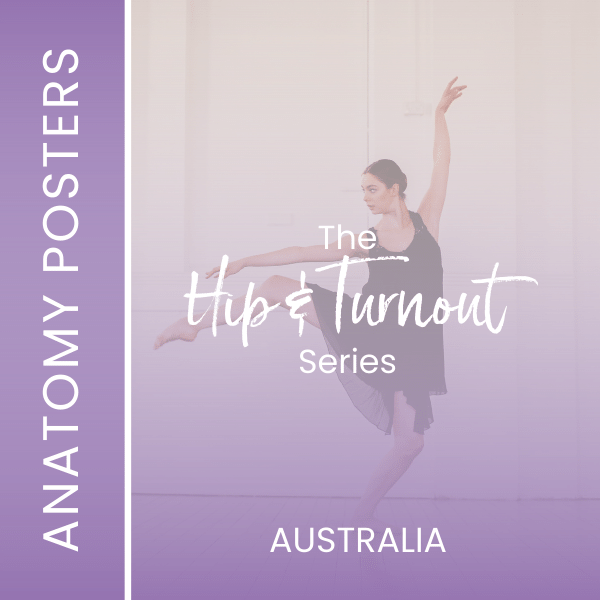
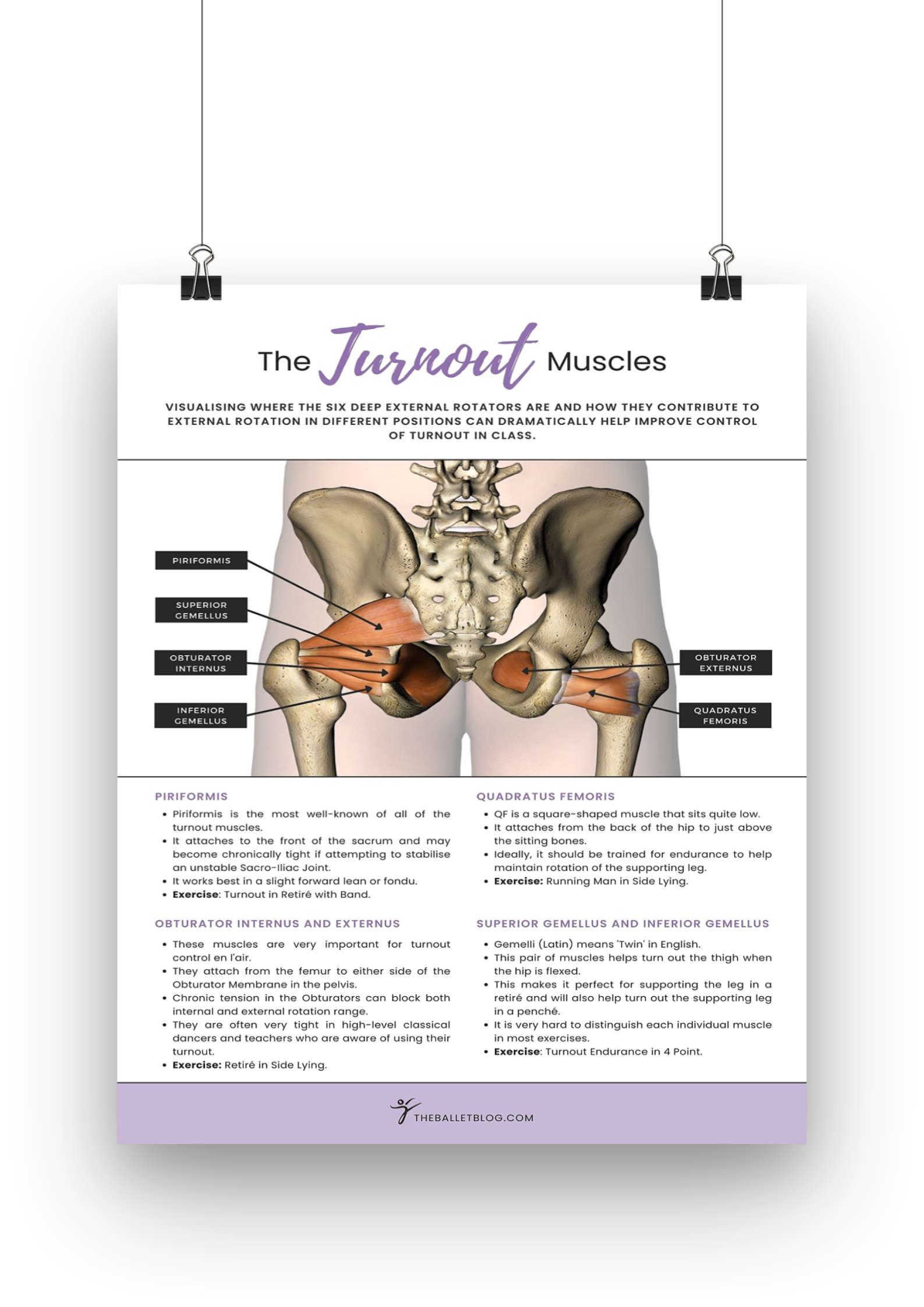
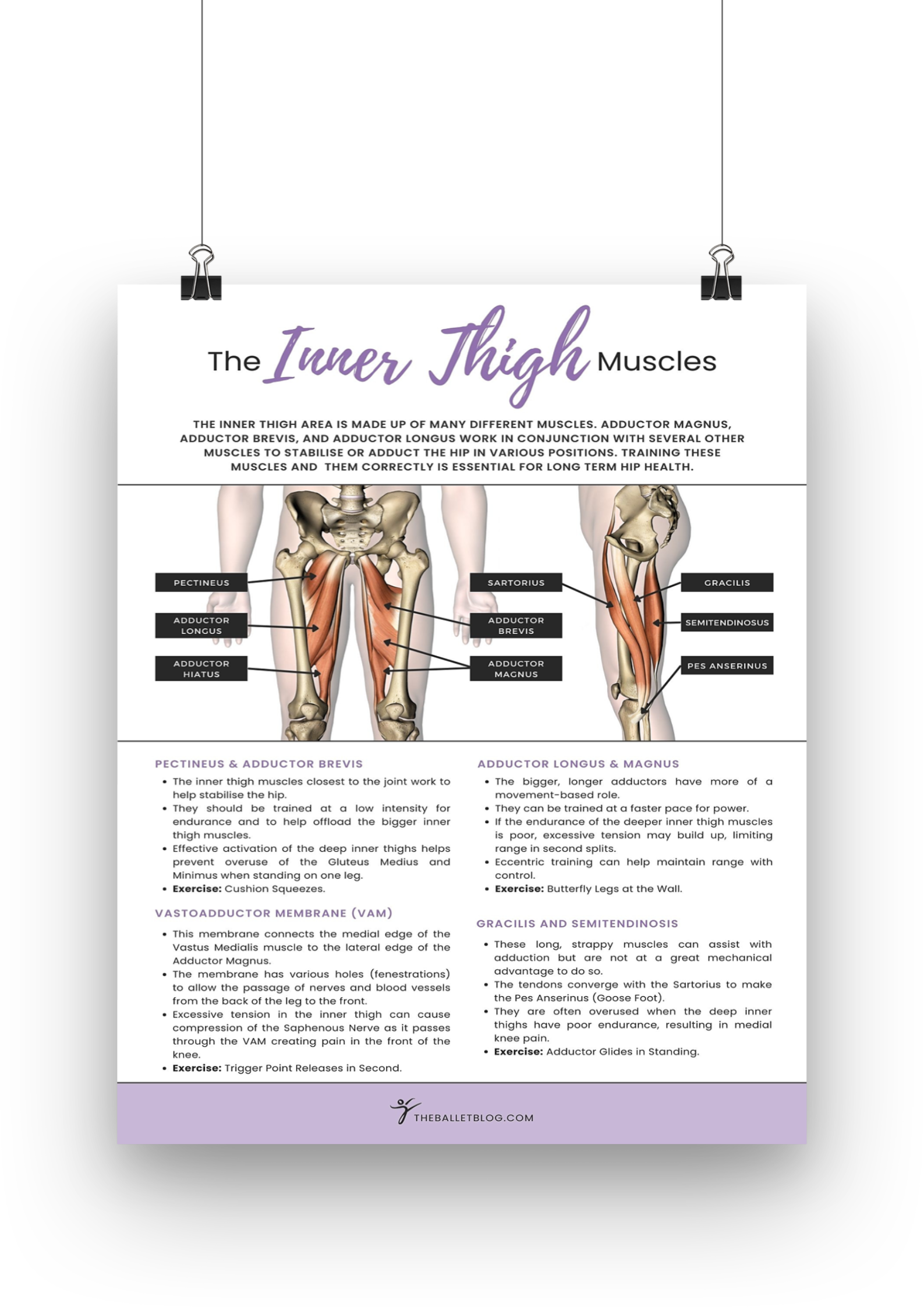
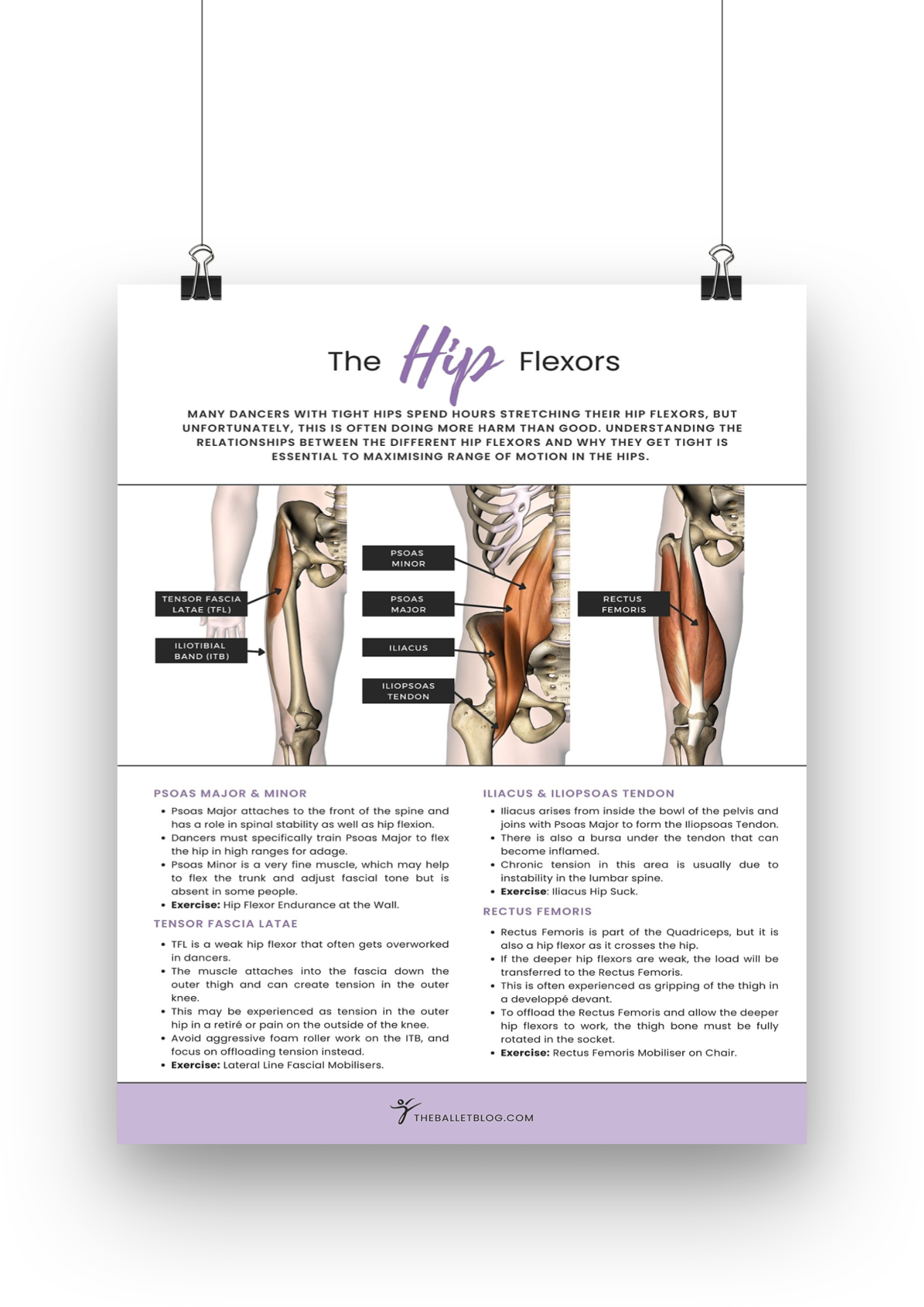
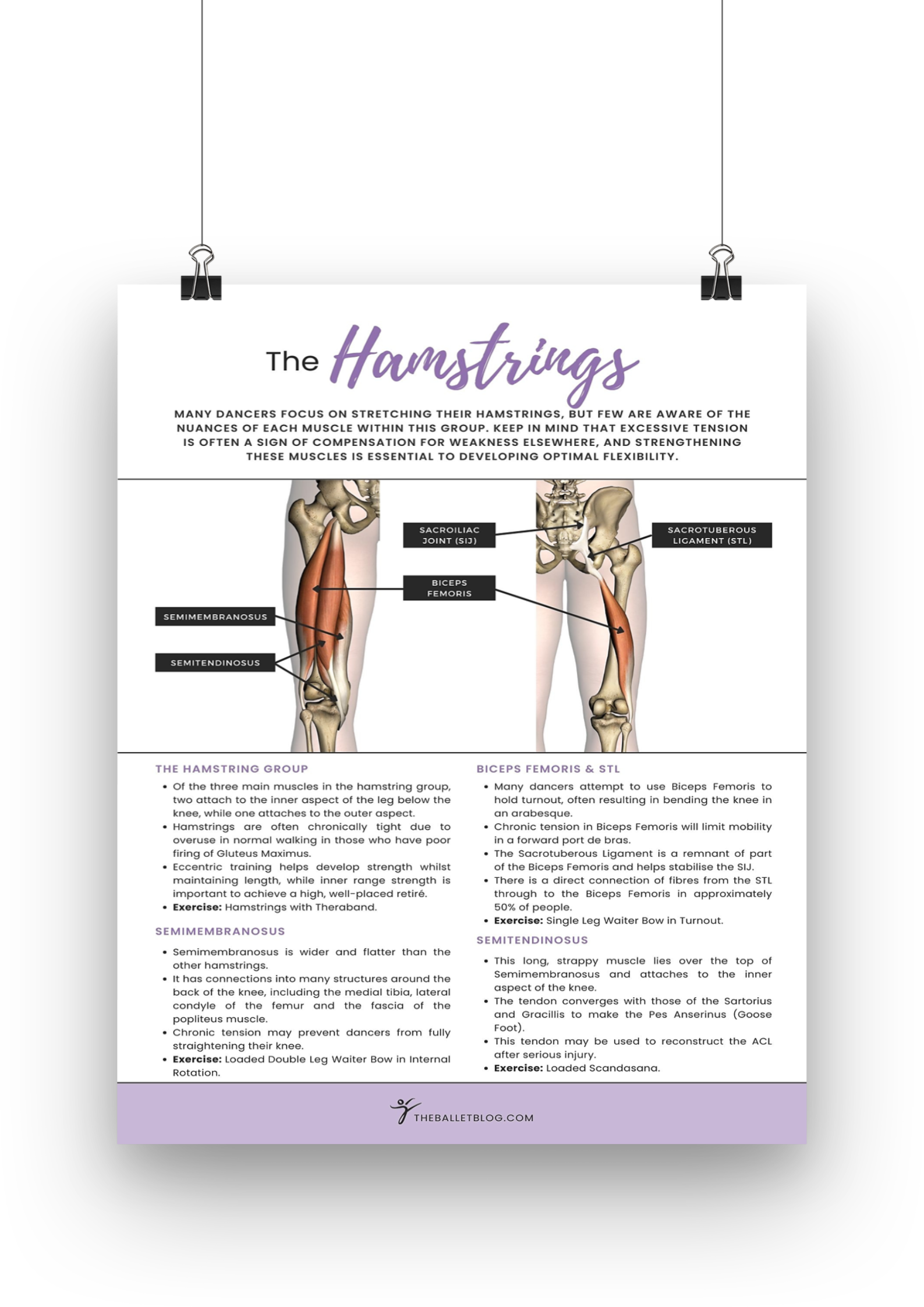
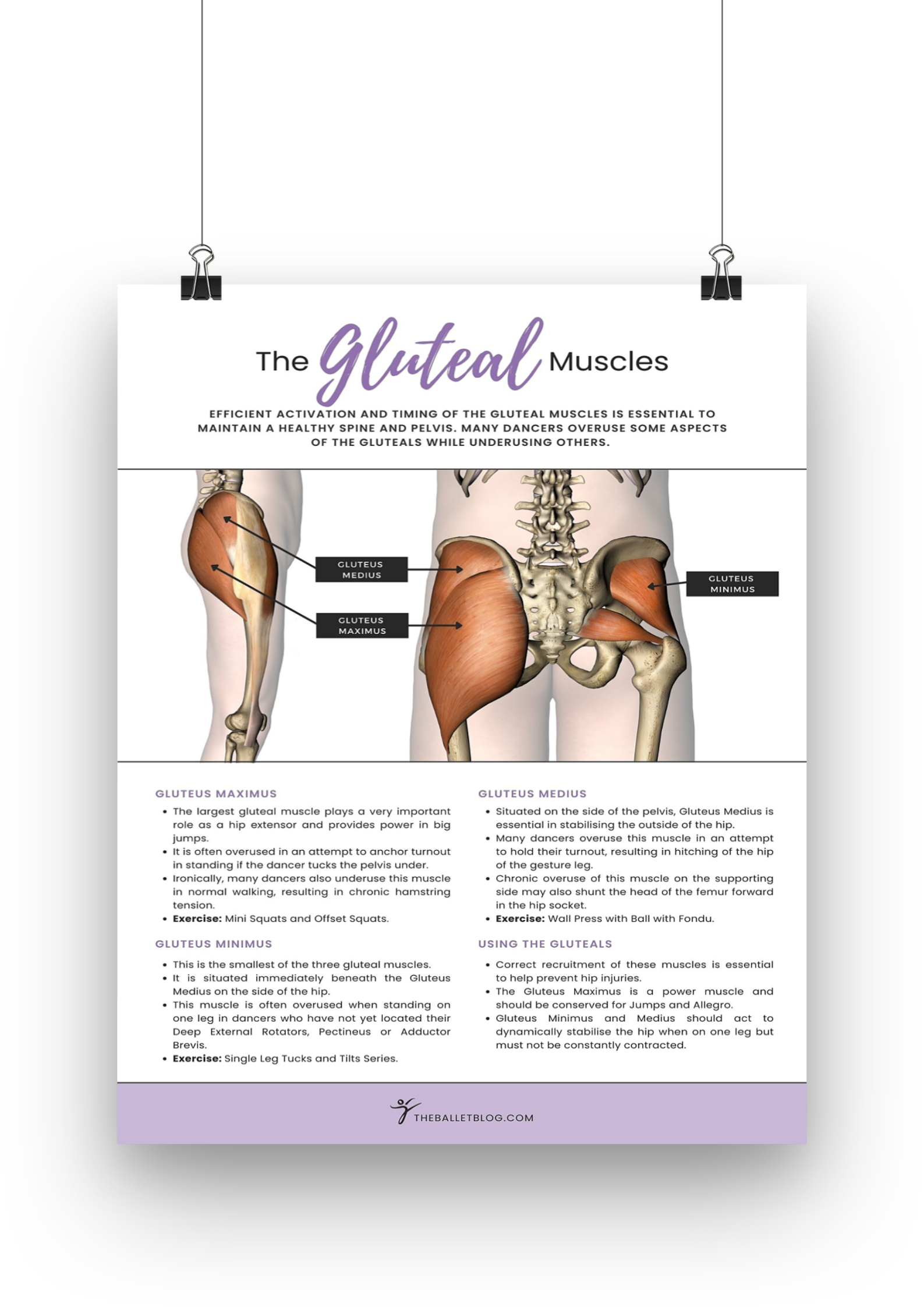
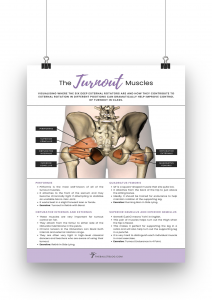
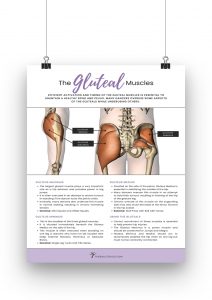
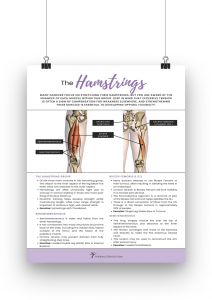
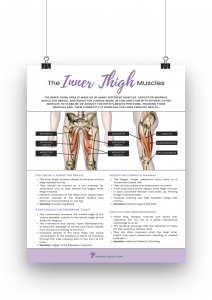

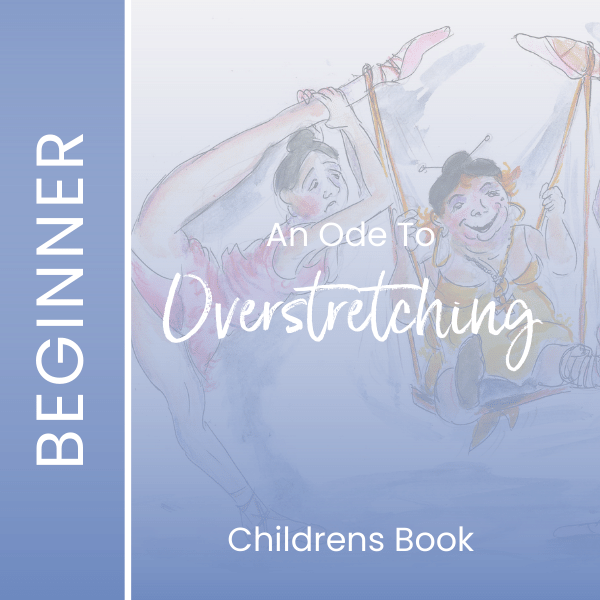
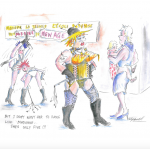

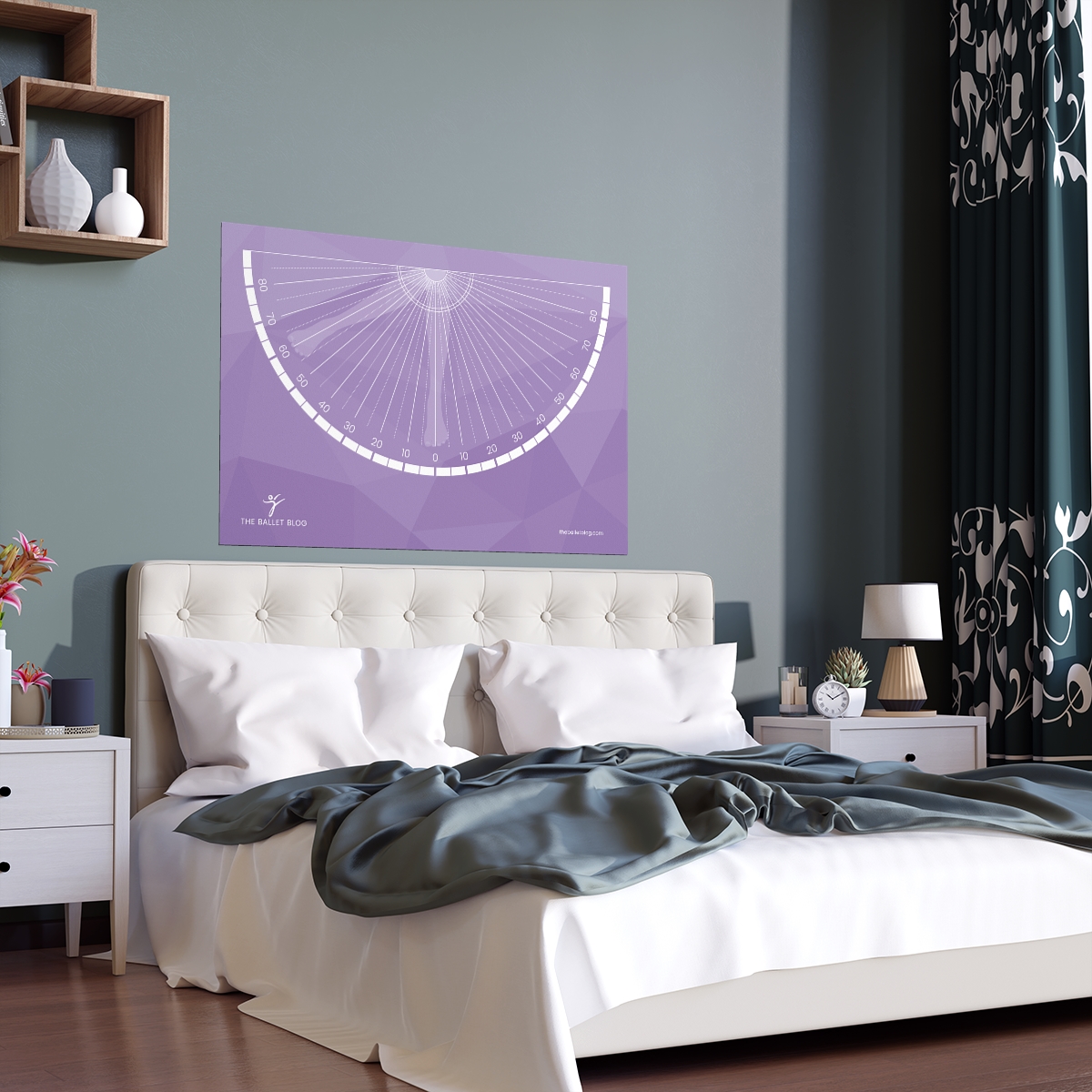
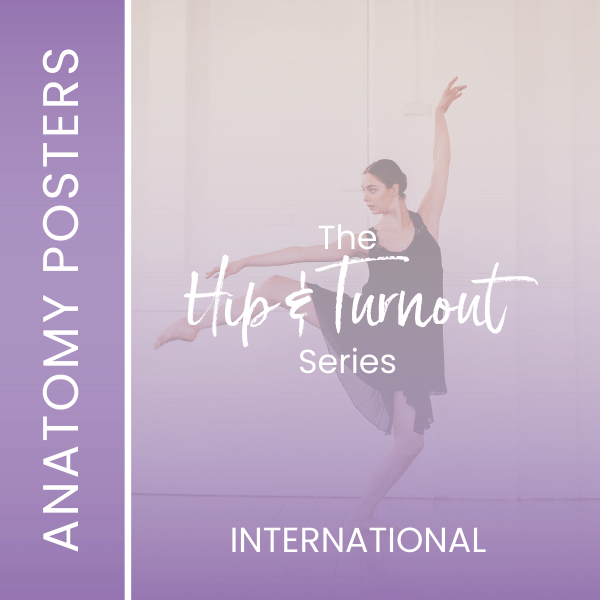
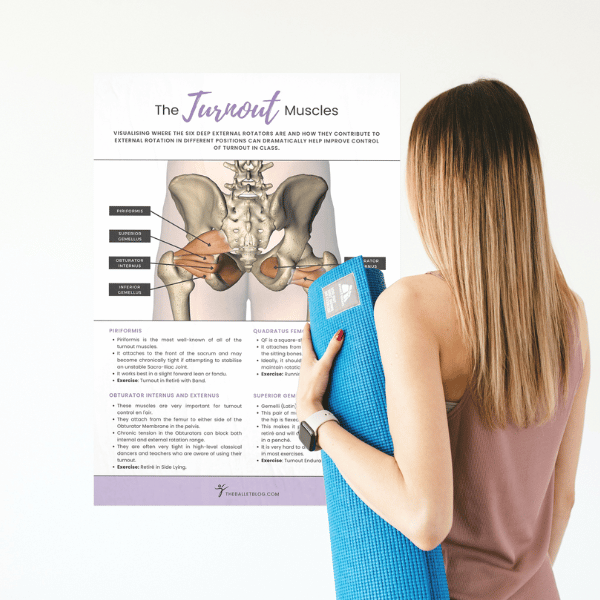
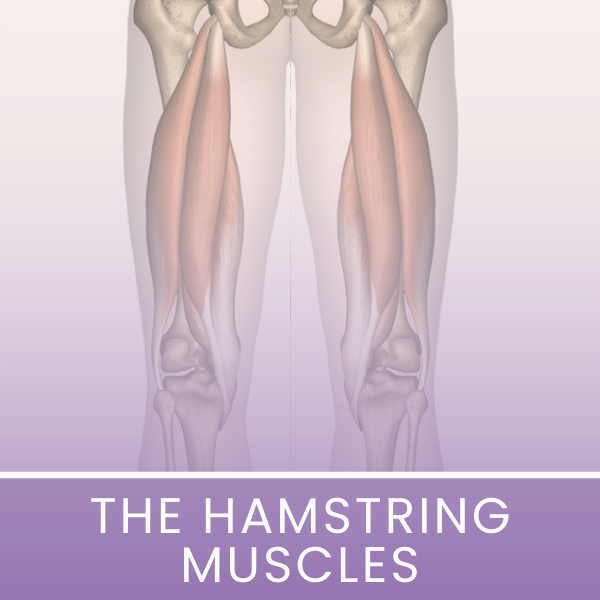
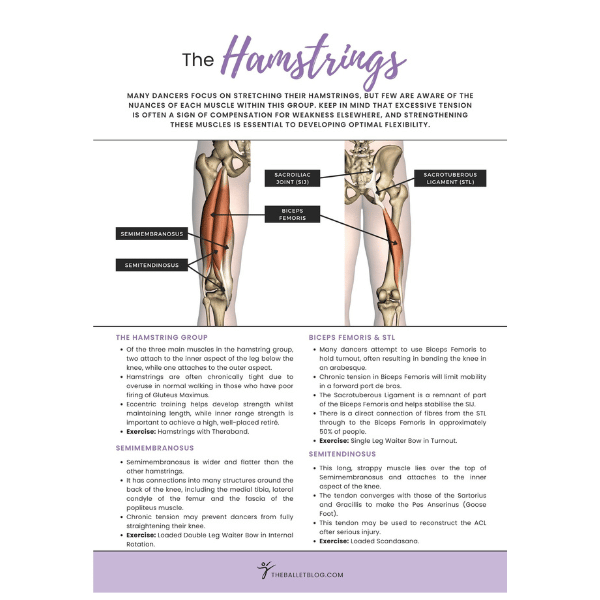
Reviews
There are no reviews yet.